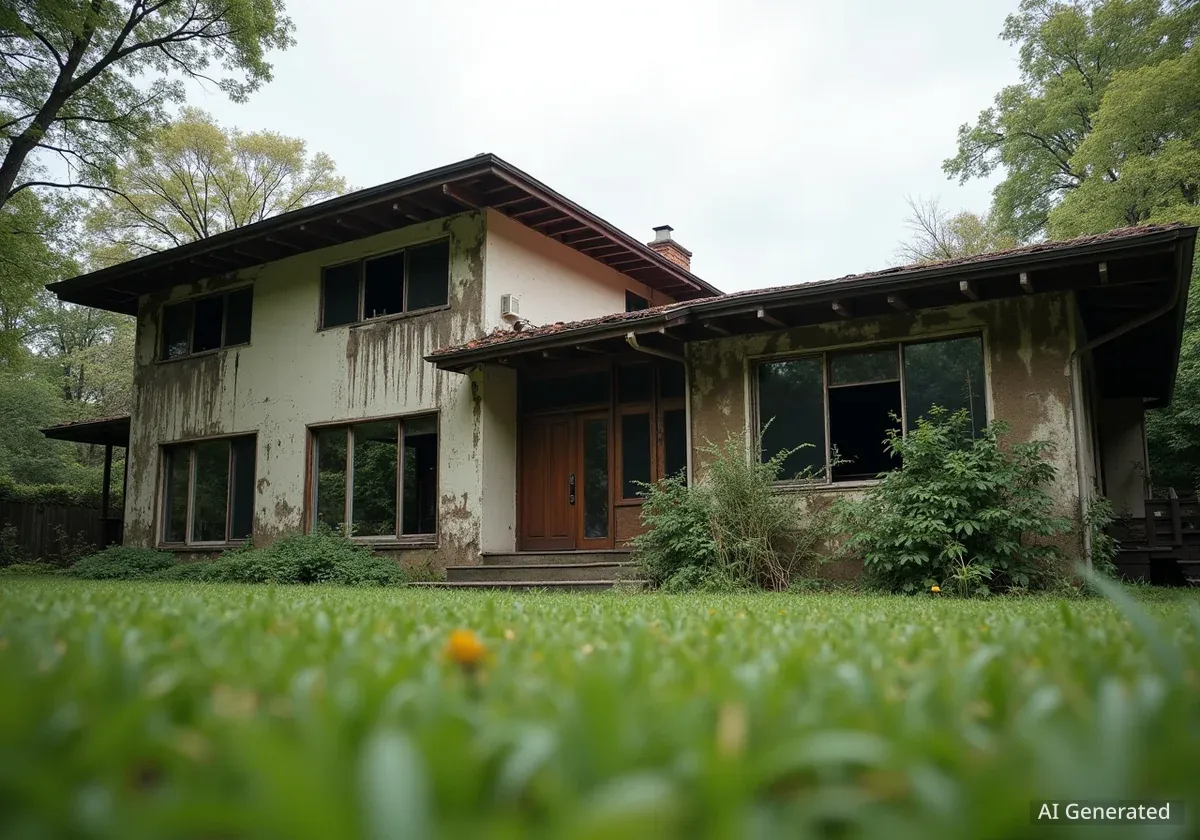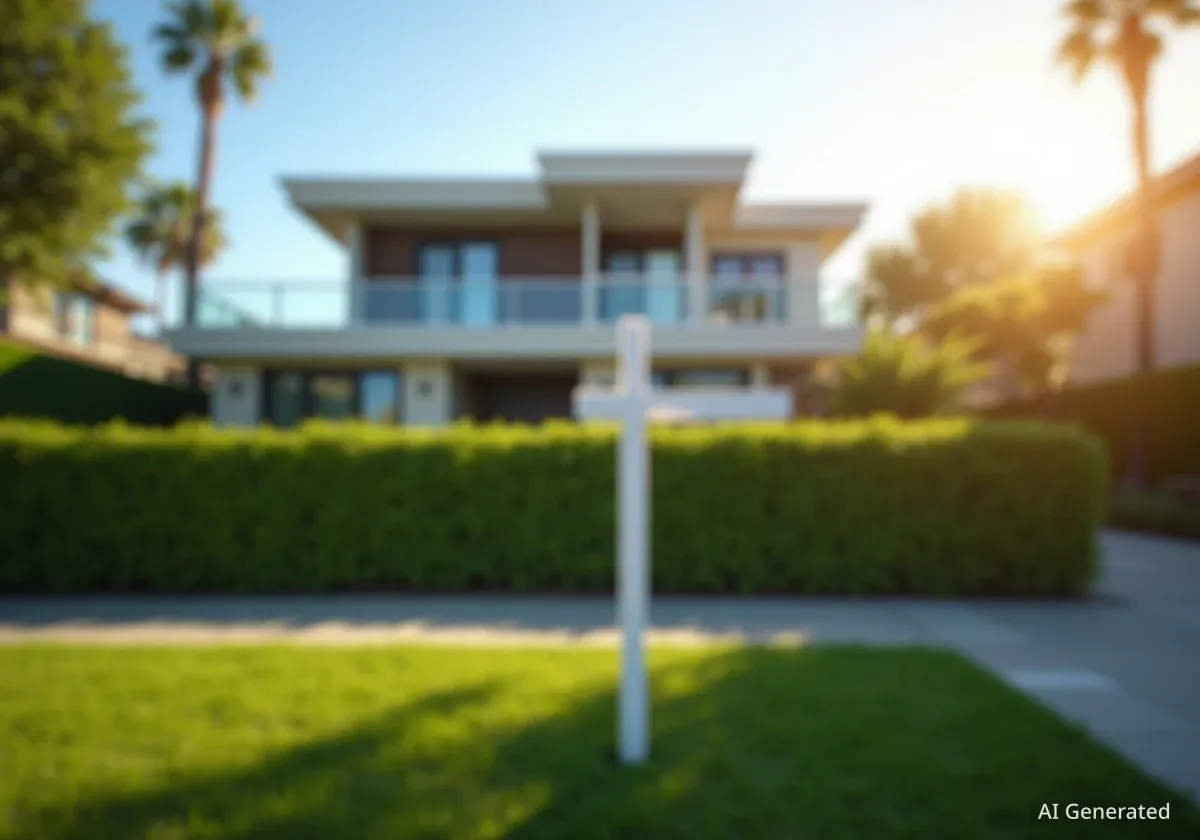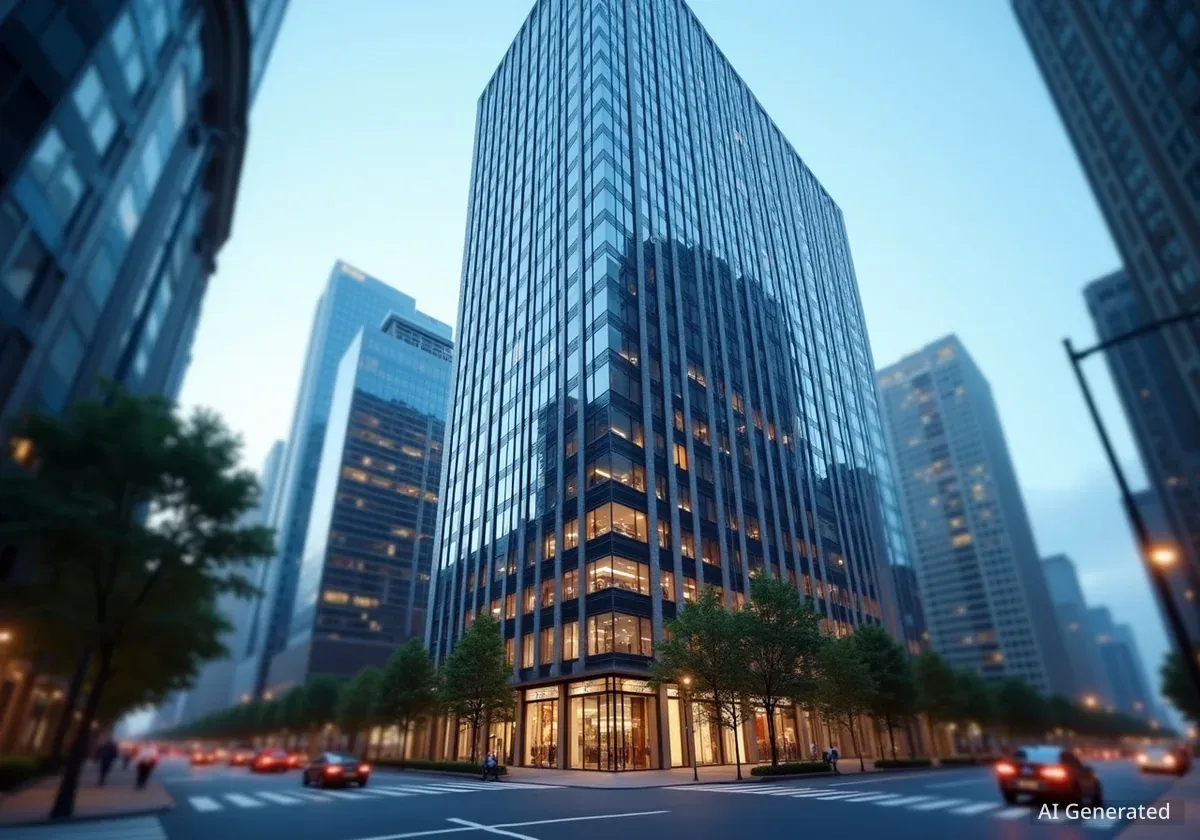A historically significant home in Bellaire, Texas, designed by the acclaimed modern architect Victor Lundy, is scheduled to be dismantled. The structure has fallen into severe disrepair, and complex local building regulations in a floodplain have made restoration financially unfeasible, prompting an outcry from preservation groups hoping to save the landmark.
The new owner, who initially intended to preserve the house, now plans to have it carefully deconstructed by Habitat for Humanity. This decision comes after assessments revealed that repair costs could exceed $1 million, a figure compounded by a municipal rule requiring the entire home to be elevated if renovation costs are too high.
Key Takeaways
- The former home of architect Victor Lundy in Bellaire is set to be dismantled due to extensive water damage and structural decay.
- Restoration is complicated by its location in a 100-year floodplain and a local ordinance that would require the entire structure to be elevated.
- Preservation groups like Houston Mod are advocating to save the house, calling it an irreplaceable piece of architectural history.
- The owner has offered to donate the structure to anyone willing to bear the significant cost of relocating it to a new site.
An Architectural Landmark in Decline
The residence in east Bellaire stands as the last largely unaltered residential design by Victor Lundy, an architect known for his sculptural and expressive modernism. His son, Nick Lundy, described the house as more than just a home but a "masterpiece" that hosted Houston's vibrant arts community in the late 1980s.
Following Victor Lundy's death at age 101, the 0.6-acre property was sold in January 2025. While marketing photos from its 2024 listing depicted a pristine structure, the reality is far different. The building now shows clear signs of neglect and environmental damage.
An inspection reveals holes in the facade, likely from termites and moisture. Inside, water stains from Hurricane Harvey's flooding are visible on floors and support beams. Mold has begun to grow in corners, and custom-built shelves are warped from humidity.
State of Disrepair
- Water Damage: Visible watermarks on furniture and floors from Hurricane Harvey.
- Structural Issues: Rotting pressboard beams and a rust-colored stain on one floor indicate persistent leaks.
- Mold Growth: Mold is present on shelves and floors, posing health and restoration challenges.
Financial and Regulatory Hurdles
The primary obstacles to saving the Lundy house are financial and regulatory. Chris Fry, a Houston homebuilder specializing in complex remodels, noted the difficulty of the project. "The large, arched laminated beams would probably be the most difficult to restore," Fry said. "This is not just off-the-shelf lumber; they were likely custom fabricated."
Experts estimate that a full restoration could cost well over $1 million. This figure does not include the expense of elevating the home, which is mandated by a local Bellaire ordinance for properties within the floodplain.
The '50 Percent Rule'
The city of Bellaire enforces a strict rule for renovations in flood-prone areas. If the cost of a remodeling project is more than 50% of the home's appraised structure value, the entire building must be lifted above the designated flood level. This regulation is designed to prevent repeated flood damage.
The Lundy property's value is overwhelmingly in its land. According to the Harris County Central Appraisal District, the structure's value dropped from $442,000 in 2024 to just $295,226 in 2025. This low appraisal sets the renovation cap at a mere $147,613. Any repairs exceeding this amount would trigger the costly elevation requirement, making a proper restoration impossible under the current rules.
Understanding Floodplain Regulations
Floodplain ordinances like Bellaire's are common in areas prone to flooding, such as Houston. They aim to improve community resilience but can create significant financial burdens for owners of older, historically valuable properties that may require extensive repairs.
Efforts to Save a Piece of Houston's History
News of the home's potential demise has mobilized the architectural community. In a letter to the new owners, preservationist groups including Houston Mod and Preservation Houston called the potential loss an "immense tragedy."
"It’s our best representative example of Lundy’s legacy… It’s part of our architectural heritage. There’s literally nothing else like it."
Curry noted that a couple offered to buy the property for $1.75 million to save the house, but the new owner declined. The owner reportedly still wishes to build a new home for his family on the lot.
Instead of demolition, the owner has coordinated with Habitat for Humanity. The nonprofit will dismantle the house piece by piece, salvaging materials for resale in its ReStores. This approach prevents the structure from ending up in a landfill and supports affordable housing initiatives, but it does not preserve the architectural integrity of the home.
A Final, Faint Hope: Relocation
While a demolition permit has not yet been filed, preparations are underway. A tree permit has been approved, and a request to disconnect water and sewer lines is being reviewed by the City of Bellaire.
A slim possibility for saving the structure remains: moving it to a new location. The owner has offered to donate the house to any individual or organization willing and able to undertake the complex and expensive relocation process.
However, preservationists acknowledge this is a monumental task. The home's unique design consists of two separate structures—a studio on piers and a residence on a concrete slab—connected at a single point. Safely separating the residence from its slab foundation without causing catastrophic damage would be a major engineering challenge.
Time is running out for a benefactor to step forward. Without a swift and well-funded plan for relocation, the physical remnants of Victor Lundy's architectural vision in Houston will soon be gone, leaving only photographs and memories behind.





